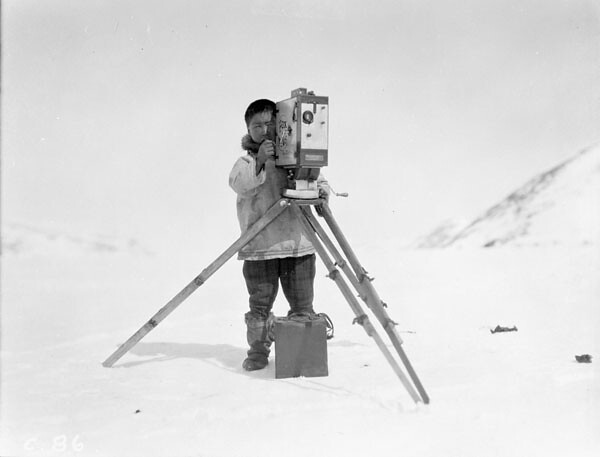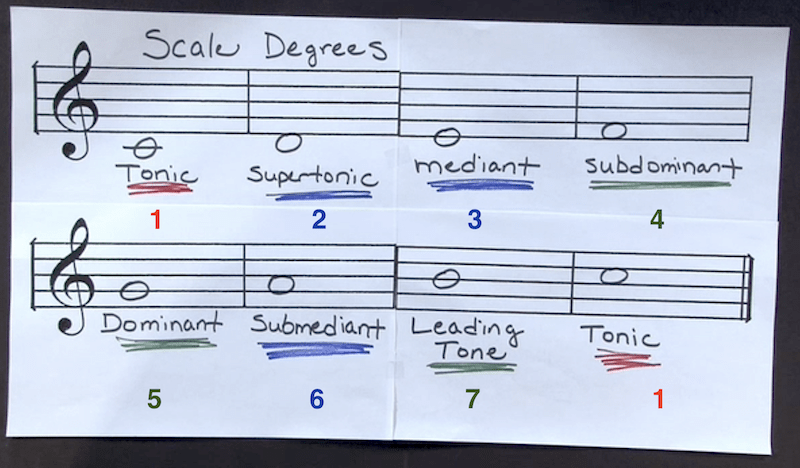- TITLE THIS BLOG POST: Favorite Director
- FILL IN UNDER ALL THE HEADINGS BELOW
- REVIEW THESE POST EXAMPLES:
- Coming Soon!
- DELETE ALL OF MR. LE DUC’s ALL UPPERCASE INSTRUCTIONS AFTER COMPLETING THEM
Who is one of your favorite directors
Director’s Name:
Link to their IMDB.com page:
Video essay link or embedded YouTube clip about the director or their directing style:
Notes About What Makes Their Style Unique


